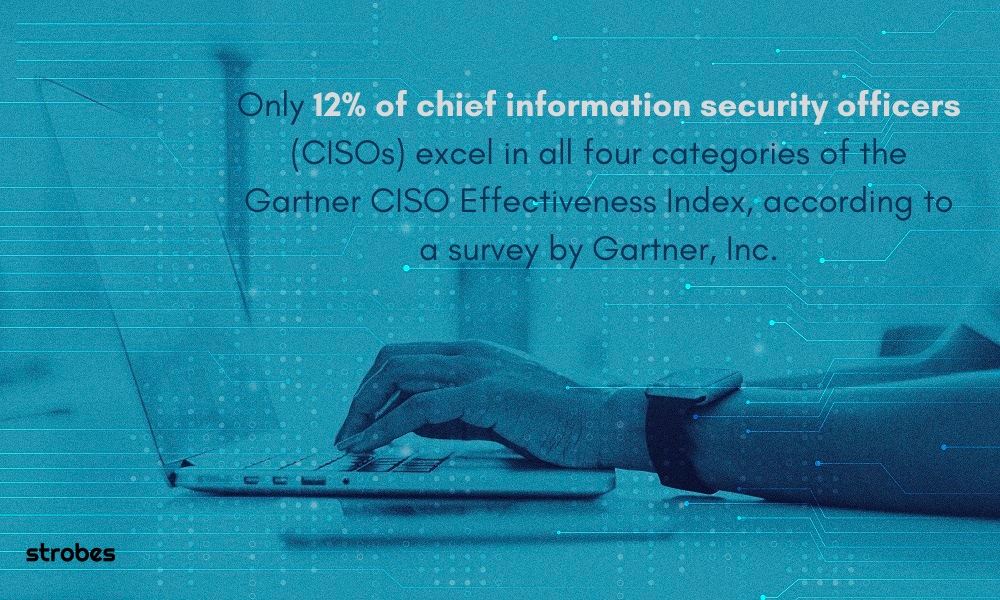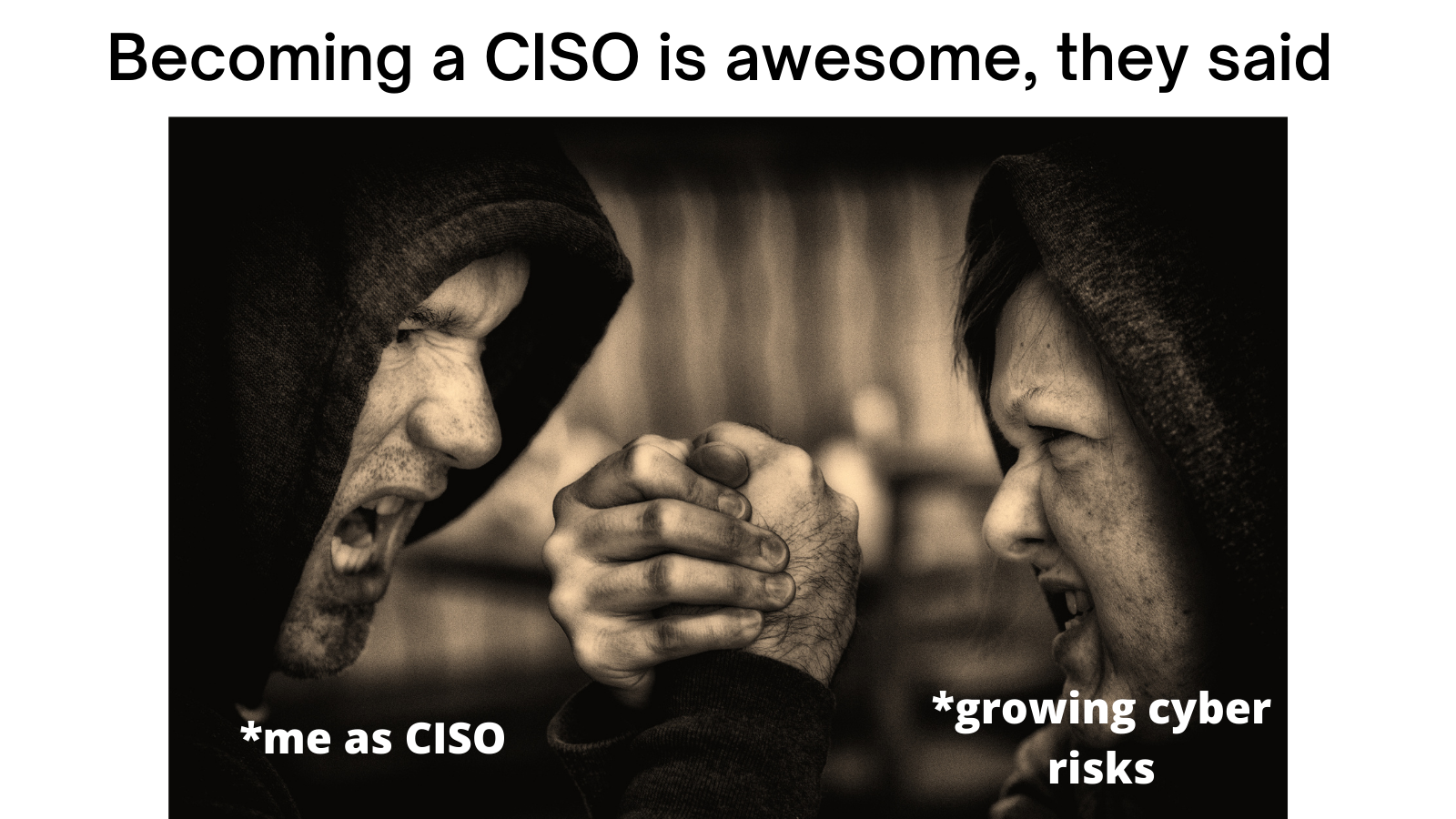Cyber threat monitoring, repellence, and response while meeting compliance requirements are established duties for Chief Information Security Officers (CISOs) or their equivalents. However, the business landscape is continually shifting. According to a commonly cited statistic, 90% of the world’s data was generated in the past two years.

CISOs recognize they can benefit from new skills, a greater focus on strategy, and greater executive interaction, but many are spinning their wheels in their attempts to get these initiatives rolling. The need to elevate the CISO’s role within an organization can manifest in several ways. Let’s look at some of the key ways that will help strengthen CISO’s role.
- Identification of risks – The security function is no longer managed by the CISO alone. This is because security standards and regulations continue to update in response to new digital threats, changing the CISO’s requirements. CISOs need to be capable of analyzing a variety of risks posed by today’s IT landscape.
- Involvement in a security risk to the enterprise digital factory models – When enterprises are deploying digital models or taking important enterprise decisions, CISO is involved from day zero- that is during the concept phase, will demonstrate how security can be induced in the early stages of the development/implementation.
- CISOs communicating with the board is vital – At regular intervals, a CISO should be invited to talk and interact with the board in order to demonstrate that information and cyber security risks are being considered a business risk. The fact that many organizations have independent IT directors today shows how the CISO role is having a positive impact on the investment and data security initiatives of the board.
- Teams handling incidents without the CISO’s involvement– CISOs should provide development training for the team to reach the next level of leadership. This should help the team stay empowered to make decisions and undergo simulation of tabletop exercises on handling incidents without much supervision from the CISO.
- Equilibrium between risk and reward – In order to maintain this balance, CISOs must drive engagement across their organizations. Leading the conversation so that information security is viewed as a value by top decision-makers along with other important functions and business goals of the organization.
- Management of audit and compliance expectations – Audit acting as a 3rd level of accountability and regulatory compliance is critical (especially for regulated entities). By getting good ratings from these functions, the top leadership can be satisfied as well.

Taking the next step with Strobes
Whether you’re just starting the risk management process or trying to strengthen your compliance, Strobes helps you with managing vulnerabilities, mitigating cyber risks, and aligning them to business objectives to help manage corporate risk.
- With the entire dashboard visualization on one screen, Strobes aids in the better decision-making abilities of the authorities by providing real-time findings of the analytic module.
- Utilizing our role-based authorization features, you can provide access to information to all employees so they can implement your risk-based corporate strategies.
- By equipping your employees with the required information, you can ensure that your corporate culture is maintained and your management environment reinforced.
Learn more about Board Reporting here. https://www.strobes.co/solutions/board-reporting









